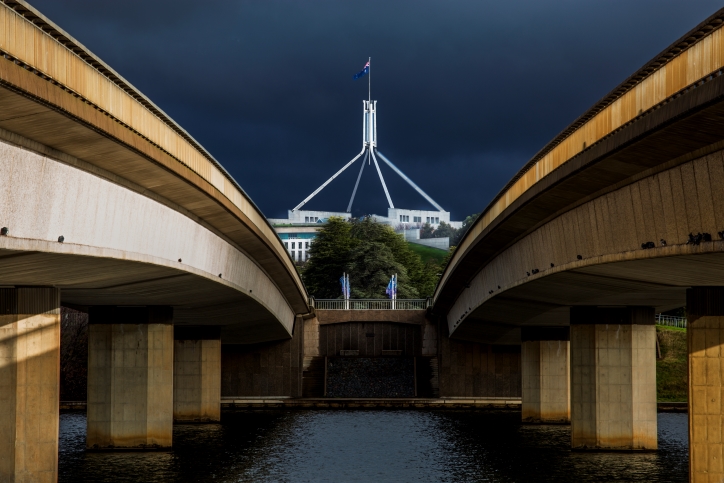The NSW Government’s backflip today on coastal harvestable water rights is short-sighted, leaving farmers less resilient to drought and communities without additional water sources to fight fires.
The decision to again limit coastal farmers to capturing 10 per cent of runoff from their properties has been made without consulting landholders and other stakeholders.
“Our understanding is the previous policy to allow 30 per cent harvestable rights in coastal catchments would have a negligible, if any, impact on river flows,” said NSW Irrigators’ Council CEO, Claire Miller.
“But the Government has blindsided farmers without even waiting for its own catchment-by-catchment modelling to be completed which would have allowed them to make an informed decision.
“The previous 30 per cent harvestable right meant farmers could store more water during wet periods, to help them keep growing food and watering livestock during droughts.
“The Rural Fire Service also supports initiatives to increase water stored across the landscape, and farm dams are an important source of water to fight fires.
“Firefighting in the catastrophic 2019-20 summer was hampered by most farm dams being dry, leaving the RFS helpless in many valleys to fight the flames for lack of water. The 30 per cent harvestable right policy meant more farm dams could still have water through the longest droughts.
“Here we are entering another long, hot, El Nino summer, with our coastal valleys already in drought and cattle already being sold for lack of water in dams – and the Government has decided the best response is make sure landholders and communities have no buffer to survive future extremes.
The NSW Government undertook a review and extensive community consultation to determine that coastal landholders could store up to 30 per cent of the average annual runoff from their properties. Cutting this back to 10 per cent goes against the findings of that review.
“Constantly moving the goalposts on water policy and infrastructure projects just creates uncertainty and removes farmers’ ability to plan and manage their climate risks,” said Ms Miller.
“During the last drought we saw billions of dollars in drought relief funding. Now, with another drought around the corner, the Government is diminishing farmers’ capacity to mitigate their risks.
“It is baffling that knowing the risks, the NSW Government has taken active steps to reduce the water available to the RFS in future to protect regional communities when the fires inevitably return.
“Just last week we had 21 schools on the South Coast closed due to bushfire risk and this week the NSW Government is enacting a policy to decrease the RFS’s options for water supply.”







